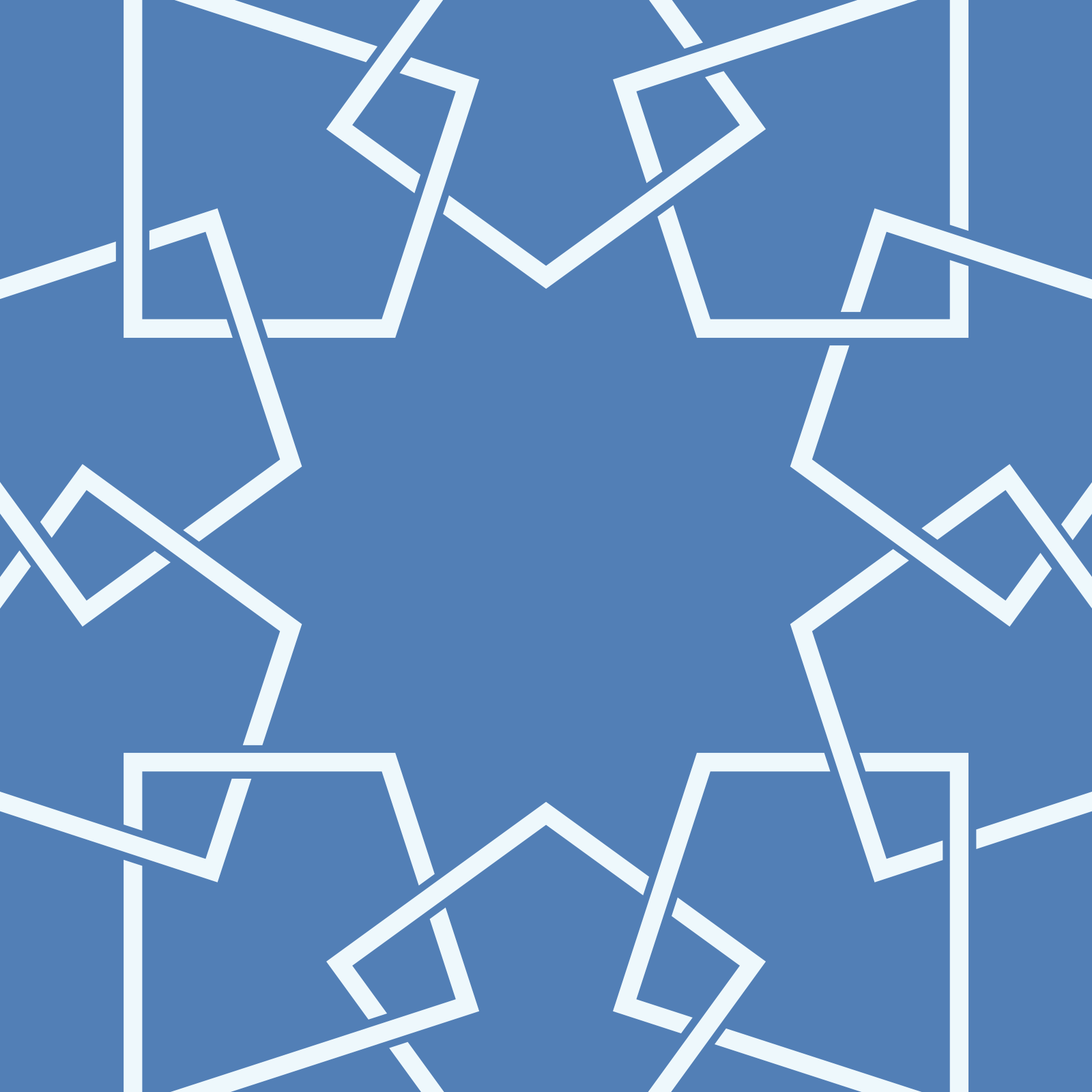Malaysian brands cash in on rising demand for modest fashion during Ramadan and Eid
Photo: KUALA LUMPUR, MALAYSIA - 5 JUNE, 2016: A woman shopping for clothes during Ramadan at Kenanga Wholesale City, a hypermarket for clothes / Tuahlensa / Shutterstock.com
With the potential to earn up to half their annual revenue during the lucrative Ramadan and Eid season alone, Malaysian fashion companies hoping to cash in on the increasing demand for modest fashion are doing it in different ways.
KUALA LUMPUR - Fashion brands are increasingly viewing Ramadan and Eid as a lucrative season, capitalizing on the growing demand for modest clothing.
Last year, high street stores Mango and Uniqlo launched their modest clothing collections in time for Ramadan while online fashion retailer Net-a-Porter offered exclusive collections by Oscar de la Renta and Etro for its Ramadan Edit. Net-a-Porter’s senior buyer Holly Russell told Salaam Gateway last year that modest fashion is a “growing market” for the company. Net-a-Porter has continued its Ramadan Edit this year.
In Malaysia, the season earns some local fashion brands up to half their annual turnovers.
Local fashion designers start planning for the important Ramadan and Eid season almost as soon as the previous year’s collection is launched. Marketing and sales campaigns begin in earnest as early as three months before Ramadan.
SELLING ONLINE
While brick and mortar is still the main purchase channel for retail clothing in Malaysia, e-commerce is rapidly gaining market share. The market was estimated at $1.3 billion in 2014, according to Ken Research, and is projected to grow by 19.5 percent to reach $3 billion by 2019. Fashion and accessories were found to be the most popular category, according to a survey by a leading department store in early 2016.
Selling online is an opportunity local designer Jovian Mandagie knows too well. This year, he is partnering with Asia-Pacific’s fashion-focused Zalora for the fourth Eid in a row. The partnership started on a consignment basis in 2012.
“Back then, everything was done economically. In fact, our first Eid campaign in year 2012 was done at the back of our headquarters’ office wall,” founder and designer Jovian Mandagie told Salaam Gateway.
“But that collection alone sold 10,000 pieces in just one hour and that was phenomenal. We did not expect such strong support from buyers and fashion enthusiasts. That firmed up our partnership with Zalora,” he said.

Photo: Screenshot of Jovian Mandagie collection for Ramadan and Eid 2016 on Zalora
This year, Mandagie launched his Eid collection with over 43 designs. Items are priced between 350 Malaysian ringgit ($85) and 600 ringgit.
“[Ramadan and Eid] sales usually contribute about 50 percent to our yearly income. Therefore every design made for Eid is carefully curated to make the best impact every season,” said Mandagie.
Zalora starts launching brands and designers in phases up to three months prior to Ramadan.
“Sales are usually consistent throughout that time but it will peak once Ramadan arrives,” a Zalora spokesperson said via e-mail.
Zalora said its first Eid campaign in 2012, the same year the site was launched in Southeast Asia, was shaped by its collaboration with Mandagie. In 2012, Mandagie’s pieces sold for between 350 ringgit and 480 ringgit.
“Jovian Mandagie was the first couture designer to come up with a Ready-to-Wear line available online for Eid back then and the market went crazy. Zalora’s website crashed due to high traffic on the night it was launched. It was the sweetest nightmare for us [and] this is how the designer RTW trend started, with Jovian and Zalora,” said the e-commerce platform.
This year, Zalora is not only collaborating with Jovian Mandagie and other well-known designers, but has also extended its partnership with celebrity brands. In total Zalora has a representation of over 20 brands, designers and celebrities for its Eid 2016 campaign.
STANDALONE
Not everyone is jumping online with big e-commerce sites.
Liyana Ghaus, designer and owner of Nafyana, said that she starts planning and designing her collection about nine months before Eid.
She acknowledges the advantage in collaborating with popular e-commerce sites such as Zalora but explains that standalone brands get full control of product image, sale price, promotion and quantity.
“Collaboration with other well-known names will give your brand publicity which makes the brand more desirable and stronger. [However] I feel standalone makes it more exclusive,” she said.
Nafyana’s Eid collection is a line of modern baju kurung (traditional Malay attire) priced between 380 and 395 ringgit a piece. The collection is available at its boutique and on its e-commerce website.
According to Ghaus, Nafyana earns between 25 and 30 percent of its annual revenue from the Eid season.

Photo: Malaysian fashion brand BBMH focuses on traditional Malay attire for men. It was founded by Naquiddin Adam, Attiq Afsar and Thariq Fadhli / Facebook / BBMH
SEASON FOR NEW BRANDS
The season also attracts new brands hoping to cash in.
BBMH, which focuses on traditional Malay attire for men, is a new brand founded by young entreprenuers Naquiddin Adam, Attiq Afsar and Thariq Fadhli.
Newly-launched last week, the brand kicked off with three baju Melayu designs available via pre-order and priced at about 250 ringgit each.
“We are a small start-up and Ramadan is a perfect platform to launch our baju Melayu collection. Currently, our products are only available via Instagram and Facebook but we have received encouraging response from customers,” BBMH founders told Salaam Gateway.
“They seem to like the modern design of our baju melayu and the fabric we use. This is an encouragement for us to grow BBMH product offerings in the future,” the trio added.
© SalaamGateway.com 2016

Zurinna Raja Adam